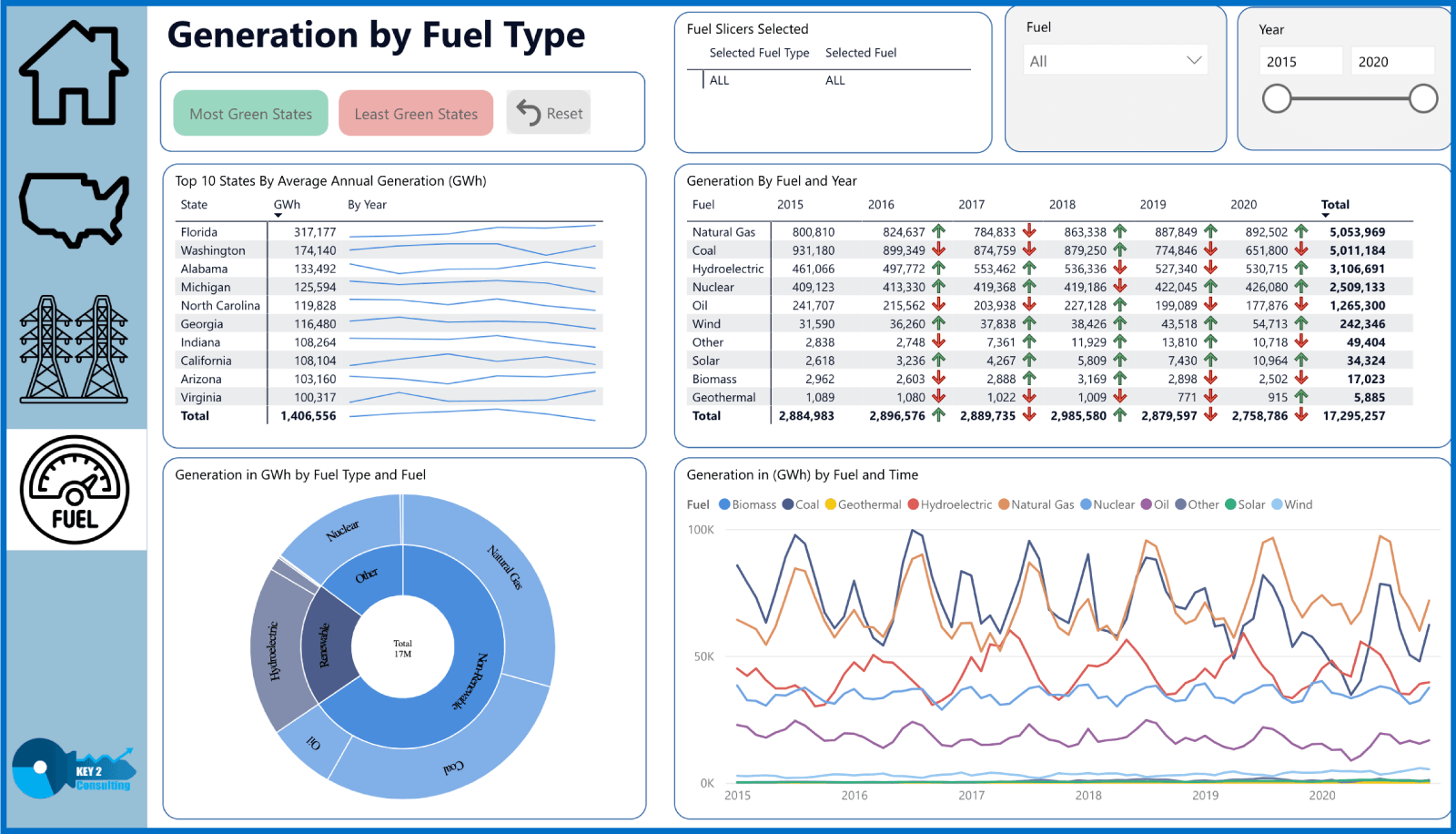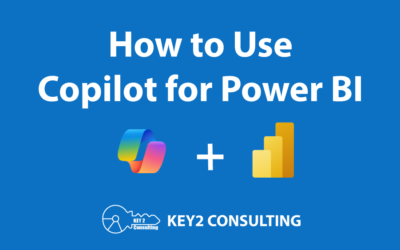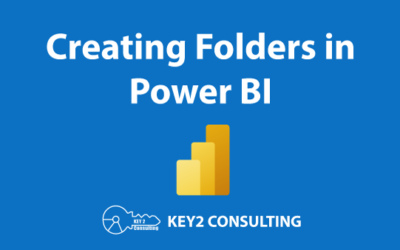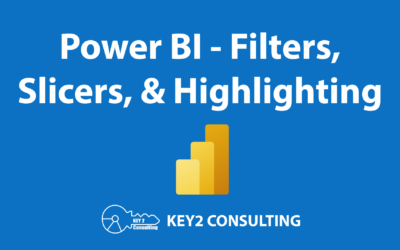Power BI is one of the most popular data analytics platforms on the planet. It recently owned a 36% market share of the business intelligence tools industry (TrustRadius) and was named a leader in the 2022 Gartner Magic Quadrant for Analytics and BI Platforms, outperforming Tableau, Qlik, and others.
One of the key “outputs” of Power BI that makes the product so valuable is dashboards. A Power BI dashboard is a single-page of interactive visualizations that can be shared with others. Note that a Power BI dashboard is not the same thing as a Power BI report, which is a topic we cover in one of our recent blog posts titled, Power BI Dashboard vs Reports – What’s the Difference?
In this blog post, we are going to walk through a Power BI dashboard example. The example dashboard actually comes from our free Power BI demo that we offer to potential customers and organizations looking to expand their knowledge and understanding of Power BI. If you’re interested, be sure to schedule a demo with us!
Power BI Dashboard Example – Key2 Demo
The example dashboard below is one we showcase in our Power BI demo (as mentioned earlier). Let’s take a look at each component of the dashboard to better understand what it is.

A Single Page of Visualizations
The first thing to note is that the dashboard is one page of visualizations, and not multiple. A Power BI dashboard is always one page, while a report can be one page or multiple pages.
Navigation Buttons – Icons
To the left of the dashboard, we have icons that serve as navigation buttons for the Power BI report pages that this dashboard is a part of. Clicking on one of the buttons takes you to a different page of the report.
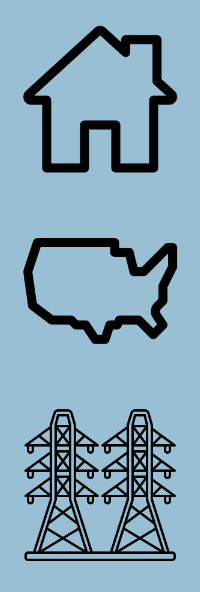
Company Branding
In the bottom-left corner of the dashboard, we see our company logo. Power BI allows you to embed images in your dashboard, wherever you’d like, enabling company branding.
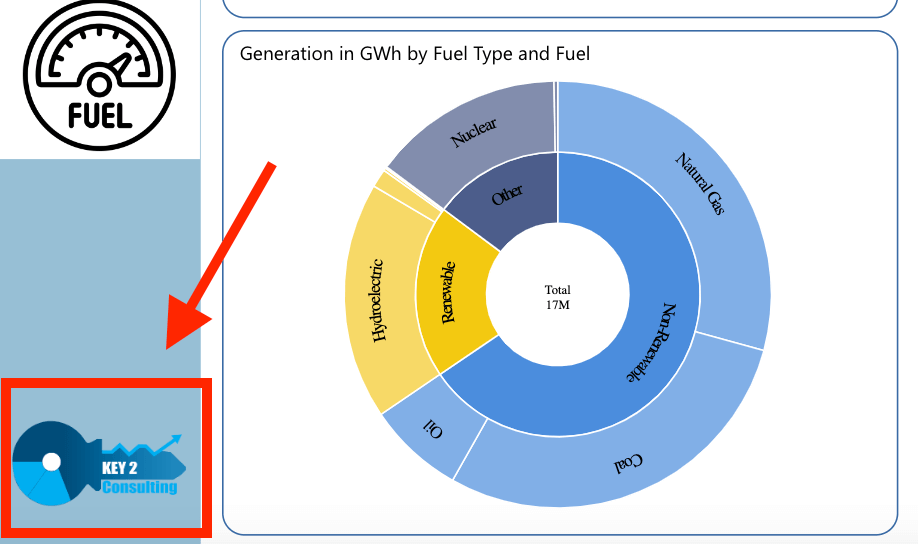
Buttons Used as Filters
In the top middle of the dashboard, underneath the dashboard’s title, “Generation by Fuel Type”, we have buttons that enable you to filter the data based on your selection. They are a great way to create visually appealing filters.
Here is a gif that shows you how the data changes when you click the green button first, and then the red button.
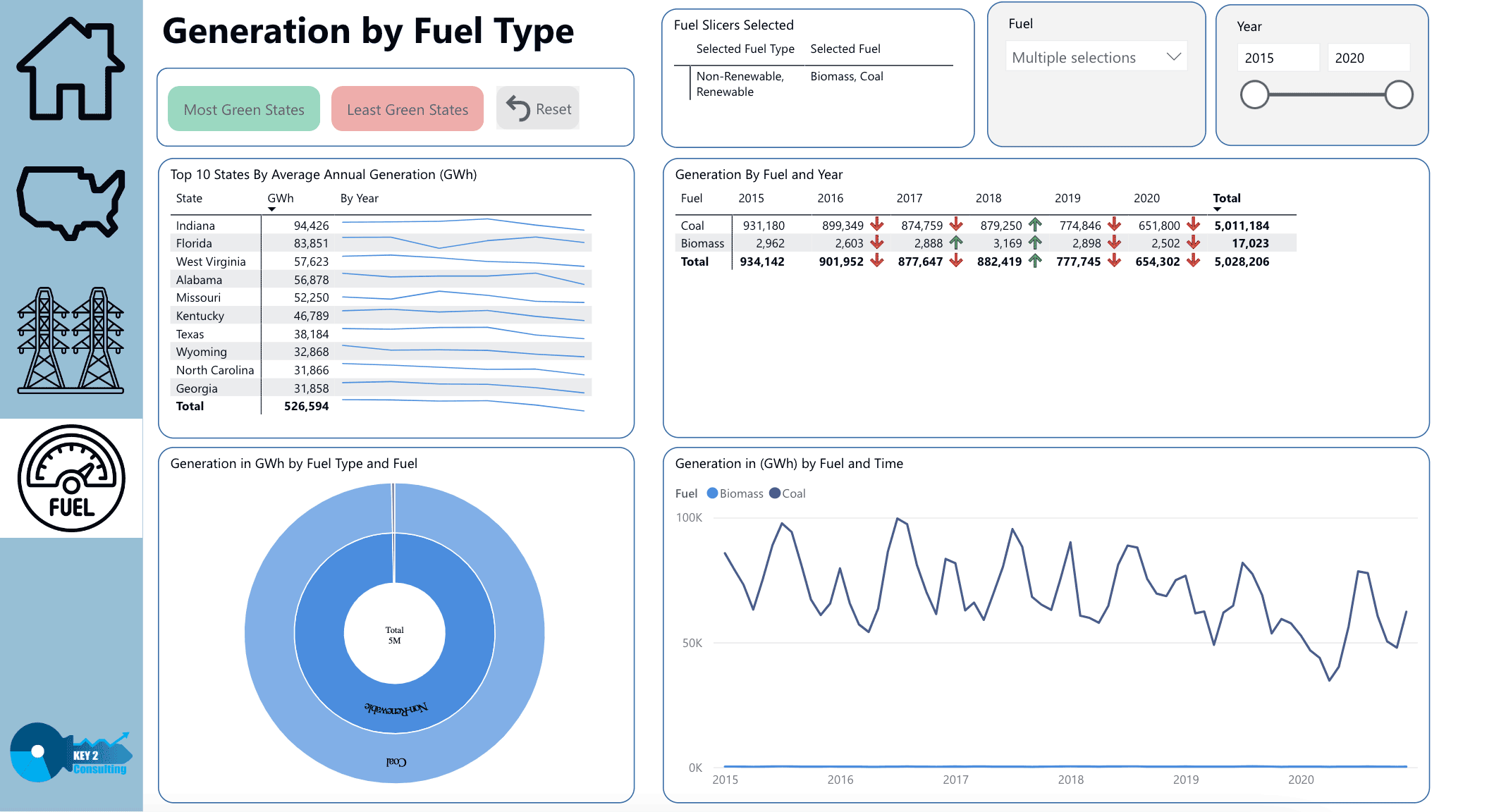
Line Chart Visualizations
Line chart visualizations often depict data over time. Our Power BI dashboard example has two line chart visualizations, one located in the top-left and the other in the bottom-right of the canvas.
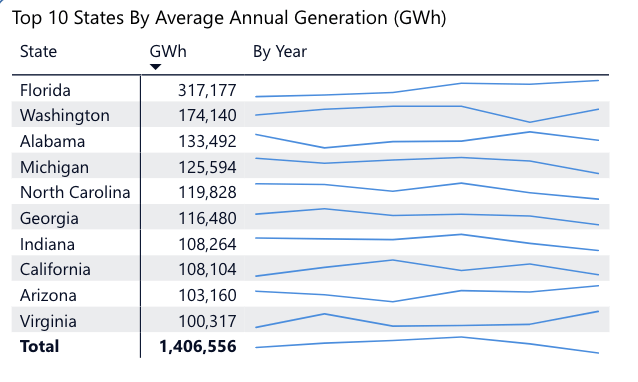

Sunburst Chart Visualization
Beneath the first line chart visualization is a sunburst chart visualization that depicts generation of fuel by fuel type. This visualization is actually a custom visualization that we imported into our Power BI instance.
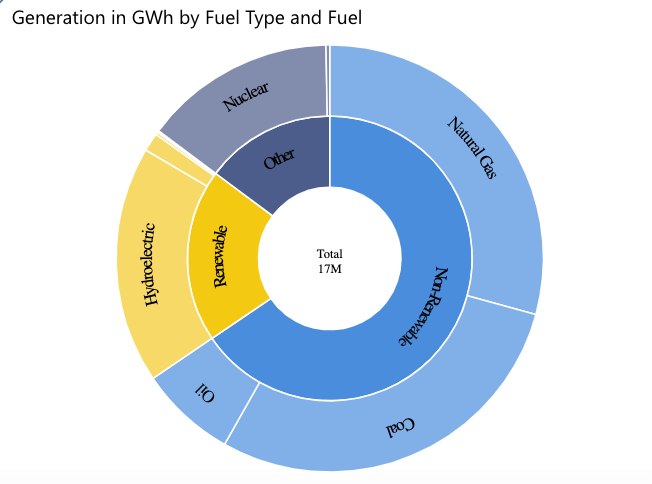
Slicers
There are two slicers located at the top-right of the dashboard. Slicers help you easily filter data in a variety of ways. The first is a drop-down menu selection filter, and the second is a date range slider filter.

Table Visualization
Directly underneath the slicers is a table visualization that highlights the increases and decreases in fuel generation (indicated by the green and red arrows). These highlights are made possible by the conditional formatting features in Power BI.
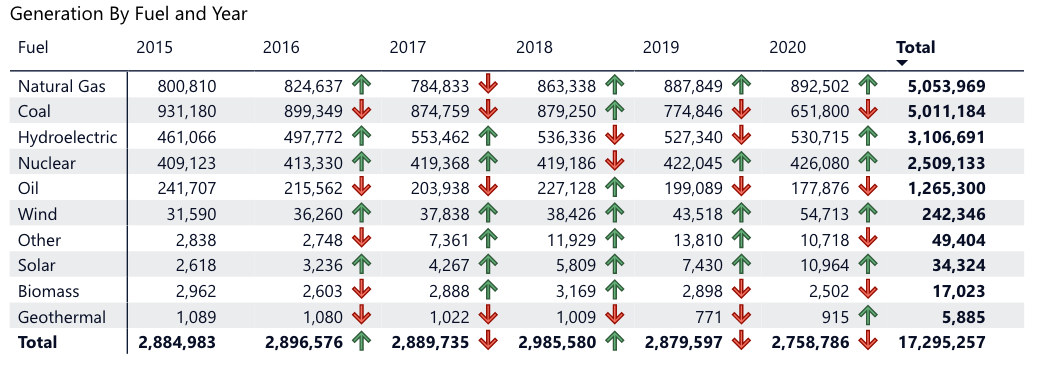
Table visualizations are one of the most common types of visuals used in Power BI reports.
Are you looking for help with Power BI dashboards?
Do you need help creating Power BI dashboards? Do you need help with something else related to Power BI? We can help! We’ve worked with myriad companies of all sizes, helping them maximize Power BI. Contact us today.
Keep Your Data Analytics Knowledge Sharp
Get fresh Key2 content and more delivered right to your inbox!

